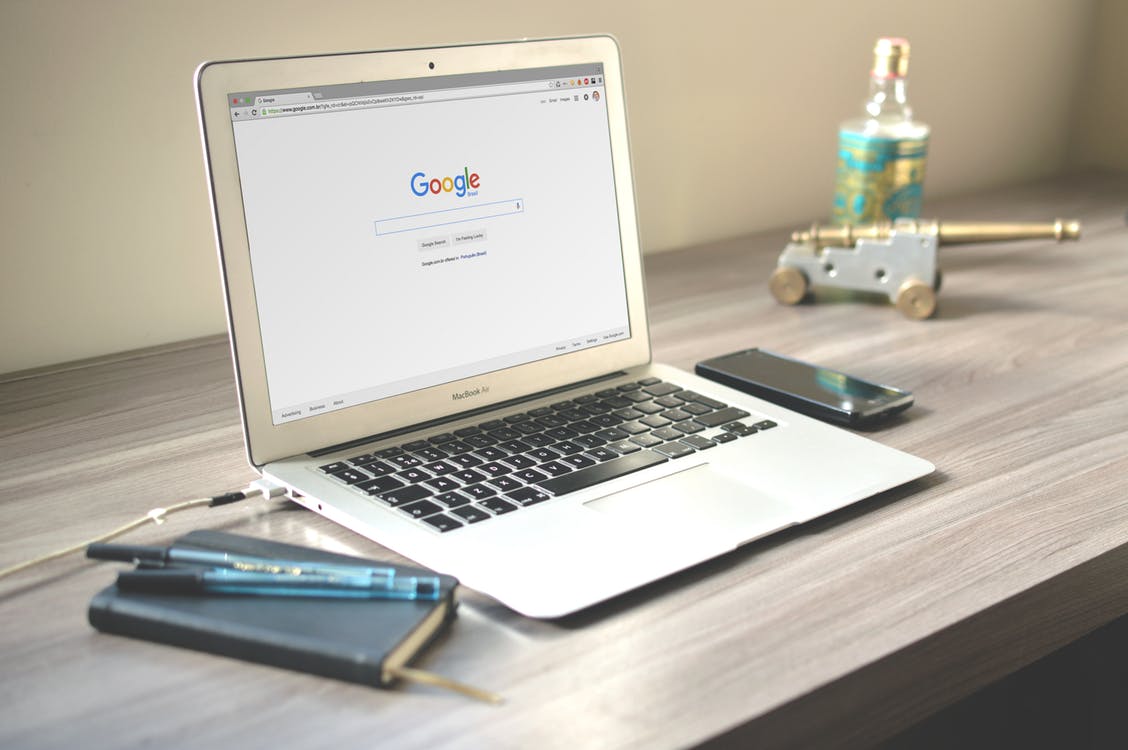
The average internet user probably doesn’t put too much thought into how they access the Web. For most people, the question of using the internet centers more around whether they’ll use their tablet, smartphone or computer.
But for the one billion people worldwide who live with disabilities, accessing online content isn’t always so straightforward. Whether an individual has a visual impairment or mobility issues, such disabilities can greatly affect their ability to use the internet — and technology in general.
In fact, data from Pew Research reveals that 23 percent of disabled Americans never go online — three times the rate of those without a disability. According to accessiBe CEO Shir Ekerling, a big part of the problem is a lack of universal web accessibility.
While addressing web accessibility is a major challenge, his company aims to ensure that five years from now, those with disabilities will have a much easier time using a resource most people take for granted.
What Is Web Accessibility?
“Web accessibility is the practice of making sure that everyone — regardless of disabilities — can easily navigate a website and access its content,” Ekerling explains. “Websites must account for visuals, audio, mobility limitations, cognitive disabilities and the way certain design choices can impair the user experience.”
Ekerling is quick to note that a series of in-depth recommendations are readily available from the Web Accessibility Initiative, in the form of the Web Content Accessibility Guidelines. These guidelines cover a wide range of accessibility concerns, from keyboard navigation to providing written transcripts of audio content.
The problem is that few companies are actually using these resources to better serve their disabled customers. At best, only accessibility standards that have a more blatant link to SEO (like providing alt text for images) are used. This creates major accessibility issues for consumers, and is also resulting in ADA lawsuits against many of the companies that have failed to implement change.
Web Accessibility and Litigation
In 2018 alone, accessibility lawsuits increased by 177 percent over 2017, with over 2,200 recorded cases. The most high-profile of recent accessibility lawsuits is that of Domino’s, which recently had its appeal rejected by the Supreme Court after getting sued by a blind man who was unable to order a pizza online.
While many of the web accessibility guidelines are common sense measures, Domino’s and other companies feel that implementation is too steep of a challenge. In a statement after its court loss, Domino’s lamented, “Each defendant must figure out how to make every image on its website or app sufficiently accessible to the blind, how to render every video or audio file sufficiently available to the deaf, or how to provide content to those who cannot operate a computer or mobile phone.”
But that, Ekerling argues, is the point. Companies have the obligation to make their online content accessible to all disabled users. While this may seem like an overwhelming task, accessiBe hopes to make things easier for businesses through a targeted automation platform, driven by AI.
How accessiBe Aims to Help
Ekerling readily admits that manually updating a website to be fully accessible can be expensive and time-consuming. This is a big part of why accessiBe came to exist in the first place. By using AI to automate the work, businesses can see faster results as problems are identified and corrected.
The process works by scanning the website for any areas where accessibility adjustments need to be made. Usability solutions are implemented automatically, with the vast majority of updates completed in less than 48 hours. accessiBe provides a comprehensive look at web accessibility, addressing everything from color and spacing adjustments to image recognition and keyboard navigation.
accessiBe continues to monitor the website content and implements additional updates as needed. This takes away the stress that comes with other updates to the website’s content. Site owners can have confidence that accessiBe will help implement any accessibility changes that need to go along with the updated content.
“An automated tool makes it so anyone can afford to make their website truly accessible,” Ekerling says. “It ultimately creates a win-win for site owners and their customers. Accessibility creates a better customer experience, which leads to more sales and greater customer satisfaction. It significantly reduces the legal risks faced by the business, offering much-needed peace of mind.”
The end goal of accessiBe is to create a more welcoming digital environment for those with disabilities, while also helping companies save significantly on the costs associated with implementing accessibility standards. By 2025, they hope that use of their tool will make the Web far more accessible than it is today.
Creating a More Accessible Internet
Implementing web accessibility standards doesn’t have to be a burden, as Domino’s and other businesses currently fear. With the help of automation tools like accessiBe, the transition to full accessibility can be a relatively stress-free experience that requires minimal effort on the part of the website owners themselves.
Many of the changes websites need to implement to become more accessible ultimately benefit all internet users. By taking advantage of tools such as those offered by accessiBe, companies will be better positioned to serve a wider audience base. Those with disabilities also won’t find themselves restricted from what is arguably today’s most important medium.

